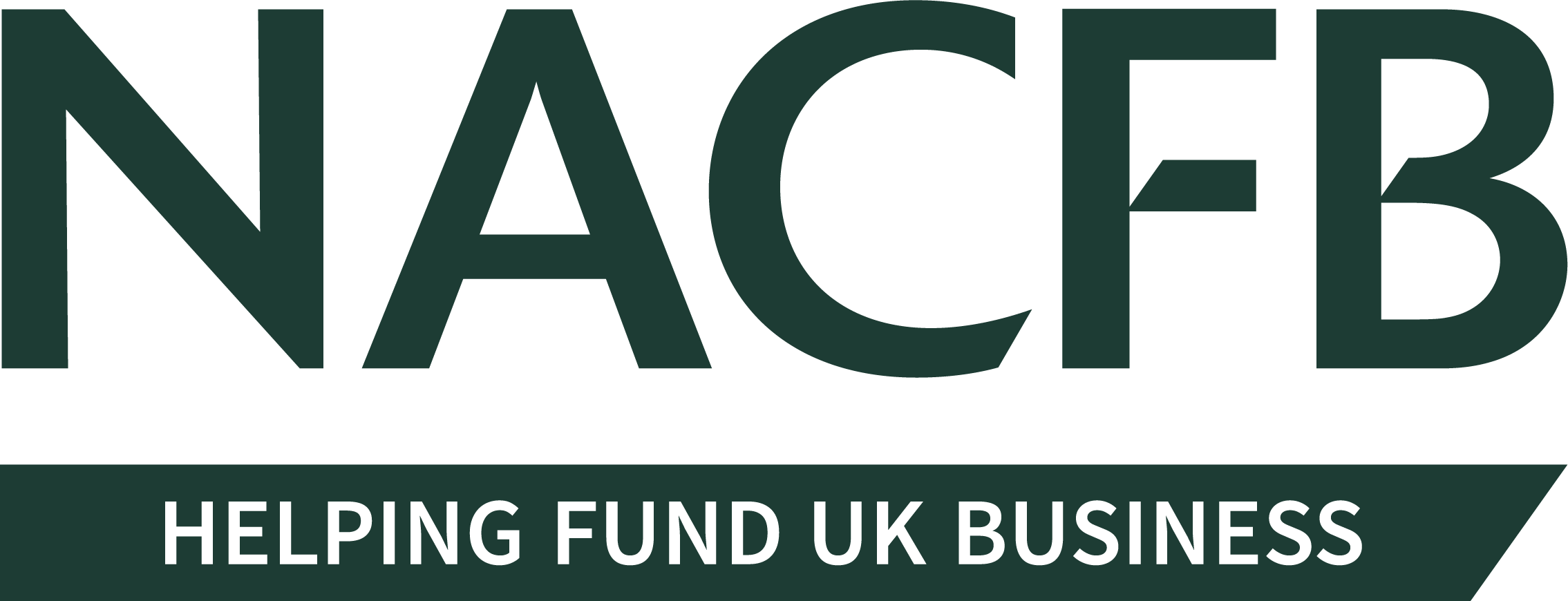From discussions with NACFB Members, we are aware that there are often misunderstandings as to what types of income and transactions should be reported to the FCA in relation to consumer credit broking. This article should help brokers understand how to complete return forms CCR002 and CCR007.
It follows our recent commentary entitled FCA consumer credit reporting obligations which, as the title suggests, identified brokers’ consumer credit reporting obligations and considers what information to collate and submit depending on whether the broker holds full (CCR002) or limited (CCR007) FCA permissions.
Why accurate reporting of income is important
The reason it is crucial that brokers file accurate reports relates to recent moves by the FCA to introduce a “use it or lose it” approach. Some brokers are in danger of losing permissions because of inaccurate reporting. Without these permission they may not be able to access some lenders on behalf of their clients.
The information below relates specifically to the activities of credit broking, debt adjusting and debt counselling.
FCA CCR002 Consumer Credit Data: Volumes
Column A: Fee mechanism
Firms should select the predominant source of revenue (income) for each type of consumer credit data activity they are reporting on. FCA guidance proposes firms utilise one or a combination of the following fee mechanisms:
Upfront fee – is a single fee incurred once at the time of the transaction occurring
Ongoing fee – is where the fee is split into multiple payments across the lifetime of the product or service.
Where a firm only uses upfront or only uses ongoing fees, the firm should select “upfront only” or “ongoing only”. “Mainly upfront” and “Mainly ongoing” should be used when more than two-thirds of the relevant revenue generated from the activity is achieved using that method.
“Combination” can be used when no single revenue source (upfront fees, ongoing fees) accounts for more than two-third of relevant revenue from the specific credit related activity. This includes credit broking activity which arises from introductions being made to other regulated firms, even where no fee or income is earned from such referrals. However for question 9 only, if no fee is charged then please select “not applicable” from the drop down menu.
In most cases, NACFB members will likely be utilising “upfront fees” (i.e. they are paid a one-time commission upon the customer entering in to a credit agreement) or will utilise “combination”, where they receive no fee for the introduction.
Column B: Revenue
Firms should confirm the amount of revenue (income) generated during the reporting period for each consumer credit regulated activity undertaken. For most NACFB Members, this will include credit broking and, in many cases, debt adjusting, and debt counselling too.
This figure should include all revenue generated as a result of these activities, and which would not have otherwise been generated without these activities being undertaken, even if the additional income does not relate to the firm’s regulatory activities.
This will NOT include commercial finance broking income, where commercial finance broking is your main business activity.
Revenue should be reported gross, before any deductions.
Column C: Total customers
In this column, firms should enter the total number of individual customers who have taken up a credit-related (regulated) product during the reporting period or have engaged the firm’s services during the period.
If the same customer has been brokered for three products of the same type, this counts as one towards the “total customers” figure.
In the case of joint credit broking introductions (e.g. Mr and Mrs), each individual should be recorded as a customer for the purposes of this column.
For example
A regulated credit agreement entered into jointly by two individuals should be recorded as two customers; or if you referred a joint application to another party, (e.g. another credit broker), this should be recorded as two customers.
Column D: Total transactions
In this column, firms should enter the total number of transactions during the reporting period. A transaction is where a customer has taken up a credit-related product or engaged the firm’s services during the period, for instance, where a broker has identified a customer is seeking a regulated agreement and has referred the customer to a lender or elsewhere, (e.g. another authorised credit broker,) with a view to that customer entering in to a regulated credit agreement.
If the same customer has been brokered on three separate occasions for three products of the same type, this counts as three towards the “total transactions” figure.
For example
If a customer has entered into three separate credit agreements, because of broking activities provided by your firm during the reporting period, this counts as one customer but three transactions.
Jointly-owned customer introductions should be recorded as a single transaction.
For example
Brokering an agreement entered into jointly by two individuals should be recorded as one transaction.
It is important to be aware that in the case of credit broking activities, a transaction is irrespective of whether a credit agreement or consumer hire agreement is entered into.
In the case of debt management activity, a transaction is not limited to entry into a debt management plan and can include introductions made to parties providing debt relief options.
A debt management firm is a firm which carries on the activity of debt counselling or debt adjusting with a view to an individual entering into a particular debt solution.
For example
This could include the referral of a customer for a consolidation loan. In such circumstances, it is important for firms to be able to differentiate between whether the customer has received credit broking services or has in fact received debt counselling.
FCA CCR007 Consumer Credit Data: Key data for credit firms with limited permissions
Firms with limited permissions should complete a different form; the CCR007. Here is some guidance on how to complete it.
1A Revenue from credit-related regulated activities
A firm should report the total amount of income (before expenses) received by the firm for its credit-related business activities during the reporting period.
Example 1
A firm sells a product for £1,000 after referring the customer for financing. The firm receives £50 commission for the credit broking referral, as well as the £1,000 for the product sale.
For data field 1A, the firm would report its credit-related income as £50. The income from activities unrelated to credit should not be included here.
Example 2
A firm sells a product for £1,000. The customer pays £500 cash and the firm refers the customer for financing for the remaining balance. The firm receives £50 commission for the referral.
For data field 1A, the firm would report its credit-related income as £50. The amount of finance referred should not be reported here.
2A Total revenue (including from activities other than credit-related regulated activities)
A firm should report all income (before expenses) received for all its business, both regulated and unregulated.
For example
If a firm has sold a product for £1,000 and received £50 commission for referring the customer for credit, for data field 2A, the firm should report the total amount of money received, £1,050.
3A Number of transactions involving credit-related regulated activities in reporting period
A firm should report the total number of credit-related transactions which occurred during the reporting period.
A transaction is where a customer took out a credit-related product during the reporting period or engaged the firm’s services during the period.
In the case of credit broking, a transaction is irrespective of whether a credit agreement or consumer hire agreement is entered into.
4A Number of complaints relating to credit-related activities received in period
A firm should report the total number of complaints received during the reporting period in relation to credit-related regulated activities. Any complaints about the firm’s non-credit-related business should not be included here.
5A Credit-related regulated activity which generated the highest amount of turnover in reporting period
Selecting from the following options, a firm should identify which credit-related regulated activity generated the highest amount of turnover (income) during the reporting period:
- Lending
- Consumer hire
- Not-for-profit debt counselling
- Secondary credit broking
- Other
6A Total annual income as defined in FEES 4 Annex 11BR for the purposes of FCA fees reporting
Firms should refer to FEES 4 Annex 11BR to calculate this figure.
Firms which receive grants or funding for their activities should only include this information here when it relates specifically to credit-related regulated activity.
If this is your first return and you are reporting for a period of less than 12 months, you should annualise this figure (i.e. make it representative of a full year’s activity). See FEES 4.2.7B(5)(c) and FEES 4.2.7B(5)(d).
Next steps
We hope this guide is a useful aid for helping you to accurately complete either form CCR002 or CCR007.
If you are an NACFB Member firm and you remain unclear on what data should be reported, further clarification is available free of charge. Simply contact the compliance team at compliance@nacfb.org.uk or call 020 7101 0359 from 9.00am to 5.00pm Monday to Friday.




